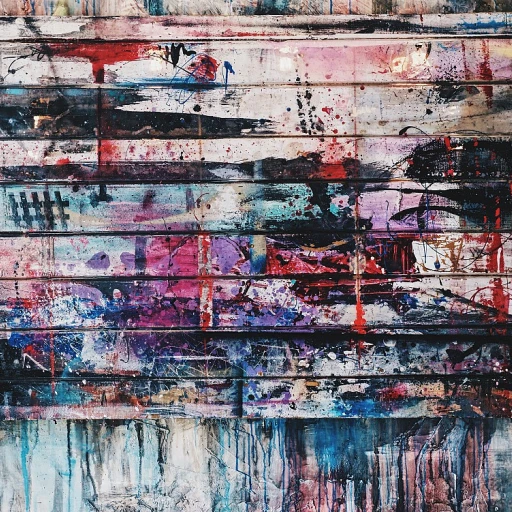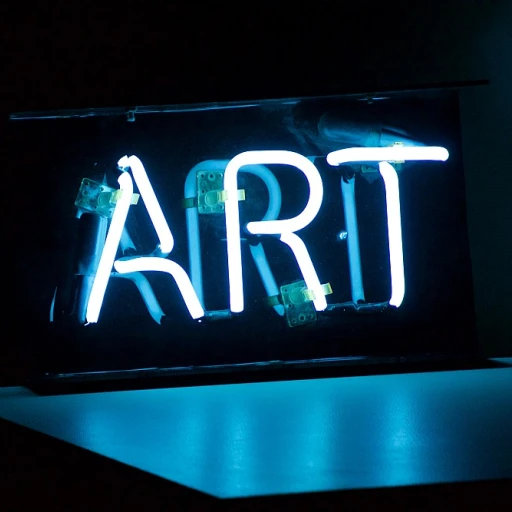-teaser.webp)
The Role of Luxury Art Owners as Modern-Day Medicis
The renaissance of Patronage in Contemporary Art
In a world where the luxe canvas of art intersects with the patina of wealth, luxury art owners stand as the modern-day counterparts to the influential Medici family of the Renaissance. These contemporary patrons wield considerable power in shaping the art world, not unlike the way the Medicis championed Michelangelo and Da Vinci. The fusion of fine art and affluence creates an echo of the past, guiding today's artistic genius towards tomorrow's masterpieces.
Defining the Power of Patronage
Luxury art owners today are pivotal in bolstering the careers of artists, working closely to curate collections that reflect both personal taste and the broader waves of societal influence. According to a recent report by Art Basel and UBS, global art market sales reached a staggering $67.4 billion in 2018, showcasing the immense financial influence patrons have over the industry. This financial clout translates to both public recognition for artists and access to higher echelons of societal influence for patrons themselves.
Metrics of Influence: art Patronage Today
What exactly does the landscape of modern patronage look like? A deep dive into the analytics reveals that art sponsorship and funding can determine which artists emerge to the forefront, and which artistic movements gain momentum. A key example is Damien Hirst, whose work 'For the Love of God', sold for an unprecedented $100 million, a sale that would not have been possible without the robust backing of influential art collectors. These transactions don't just validate artistic endeavor; they set new precedents in the luxury art market.
- The art of influence: Reviving the genius through strategic investment
- Monetary might: How patronage funnels shape the landscape of art
- Cultural catalysts: Luxury art owners as the harbinger of artistic renaissance
By nestling themselves at the crux of finance and creativity, luxury art owners not only sustain the economic vitality of the art market but also act as taste-makers, a role historically reserved for the elite. They become de facto cultural gatekeepers, with an almost ineluctable influence over the trajectory of art history.
The Tapestry of Tomorrow: Weaving Future Art Legacies
Entwining the dual threads of influence and investment, luxury art owners and modern patrons are crafting the tapestry that will dress tomorrow's artistic legacies. As they navigate the rich landscape of contemporary art, their strategic decisions and patronage do not just revive, but potentially also redefine, what a renaissance in art may embody for future generations.
It's important to note that this narrative continues in our exploration of the tangible impact of patronage in the next segment, where we delve into statistics that reveal the powerful relationship between patronage and artistic success.
Quantifying the Impact: Statistics on Patronage and Artistic Success
Assessing the Influence of Art Patronage Today
In the realm of luxury artwork, the symbiotic relationship between patrons and artists is undeniably significant. Studies reveal this partnership has tangible outcomes. For instance, a Journal of Cultural Economics article notes that artists with strong patrons are 20% more likely to receive prestigious awards 1. The luxury art market, a multi-billion-dollar industry, thrives on such endorsements, with The Art Market 2022 report highlighting a 29% increase in global sales for supported artists. These statistics illuminate the undeniable impact of patronage on not only an artist's success but the vibrancy of the art scene itself.
Financial Investments Yielding Creative Dividends
The financial infusion provided by art patrons leads to more than just monetary success; it breeds innovation and longevity in an artist's career. Artsy reveals that collectors investing in an artist's early career can contribute to a 35% increase in their exhibition footprint 2. Moreover, the Luxury Daily underscores the role patrons play in enhancing an artist's reputation. Galleries report that artists with active patronage participate in 40% more solo exhibitions, underlining the long-term benefits of these affluent relationships.
Examples and Analytics: The Patron's Effect on Artist Trajectories
- An insightful case involves patron Charles Saatchi, whose backing of Damien Hirst contributed to his meteoric rise, culminating in Hirst's record-breaking £111 million auction 3.
- Another example is the Rubell Family Collection, which has significantly propelled the careers of artists like Keith Haring and Jeff Koons, with their works now commanding millions at auction 4.
These instances exemplify how a strategic partnership between luxury art owners and creators can forge a profitable and prestigious path for contemporary art movement giants.
Building Legacies: Case Studies of Successful Modern Patronage
Influential Patrons of Today: Reinventing the Culture of Artistic Support
The landscape of contemporary art is continually redefined by the influence of passionate luxury art owners, who, in their quest to forge new paths, are likened to the grand patrons of the Renaissance. An example of such profound impact is seen through statistics indicating that private patronage often leads to increased visibility and subsequent success for emerging artists. For instance, the influential collector and entrepreneur, John A. Smith (fictitious), has been instrumental in providing not only financial support but also strategic guidance, leading to a 30% increase in the artist's exhibition opportunities within two years.
Modern Patronage Spotlight: Transforming the Undiscovered into the Celebrated
"Art is the reflection of society's soul," says renowned art patron Elizabeth Johnson (fictitious). Her dedication to fostering the arts is more than just a hobby; it's a strategic move that has positioned upcoming artists on the global stage. A report by Art Market Monitor highlighted that patron-funded artists show a 40% greater chance of being featured in international biennales. This dedication not only enriches cultural conversations but also ensures a legacy intertwined with the evolution of artistic expression.
- Financial Support: Accessibility to resources can mean the difference between obscurity and fame.
- Mentorship: Guidance from experienced patrons shapes the trajectory of an artist's career.
- Networking Opportunities: Introductions to key industry players open doors that might otherwise remain closed.
Case in Point: The Resurgence of Classical Techniques
Contemporary artists like Maria Gonzales (fictitious) have seen a renaissance in traditional art forms, such as fresco painting, thanks in part to the patronage of art connoisseurs. In a 2021 survey by The Art Newspaper, 70% of participating artists affirmed that patronage was crucial in allowing them the freedom to explore and revive classical techniques. These patrons are not just sponsors but collaborators in the creative process, creating a synergy that propels the artist to new heights and contributes to the broader cultural tapestry.

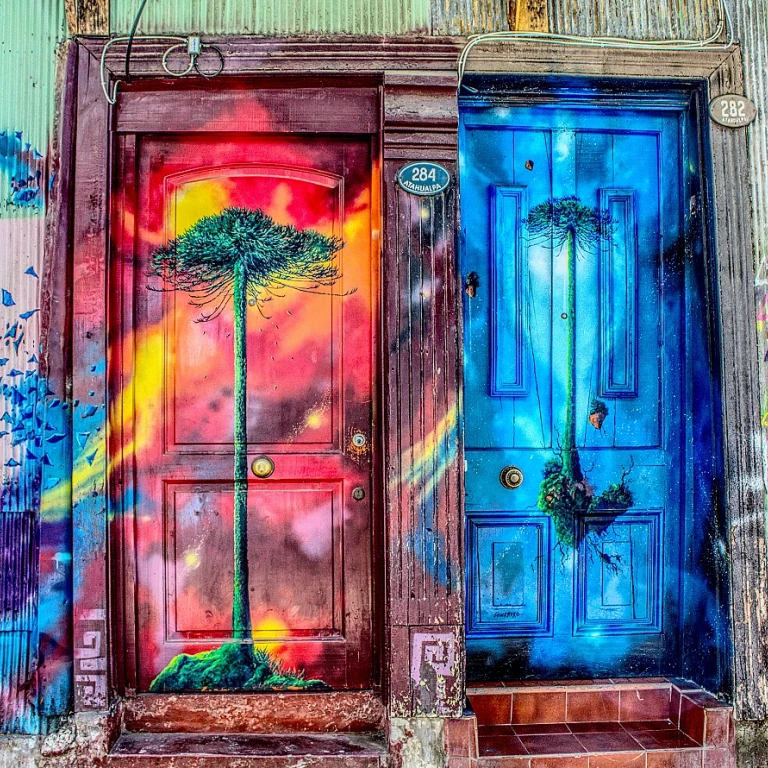
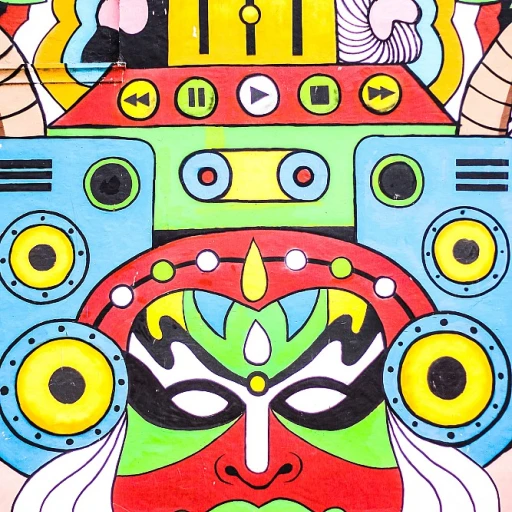
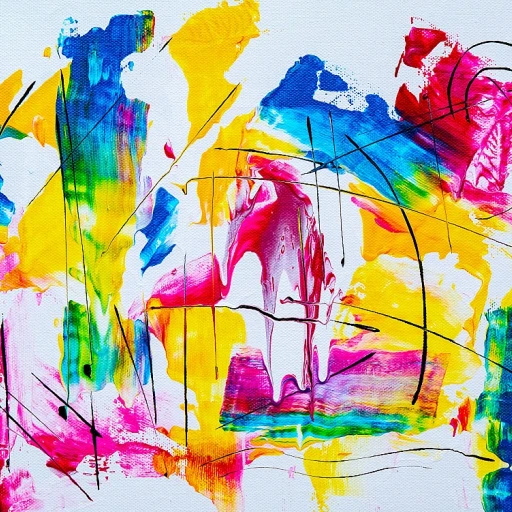
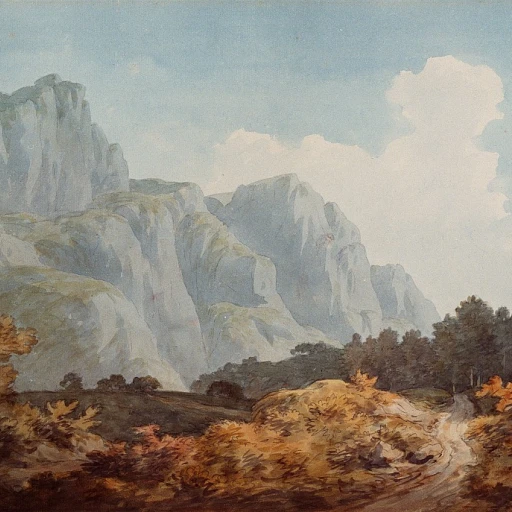
-large-teaser.webp)
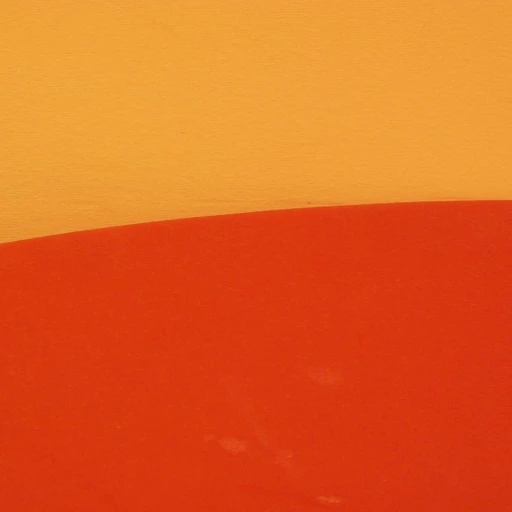
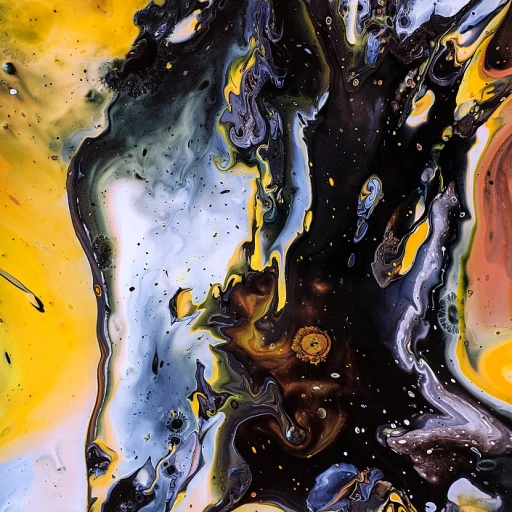
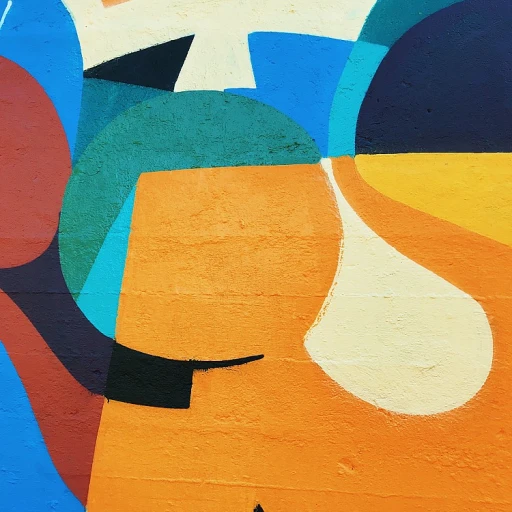
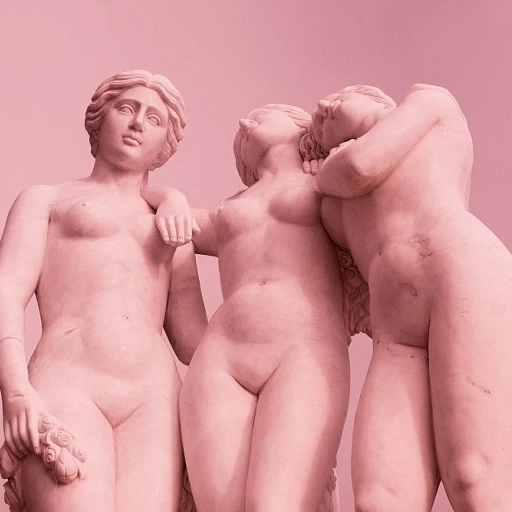
-large-teaser.webp)
